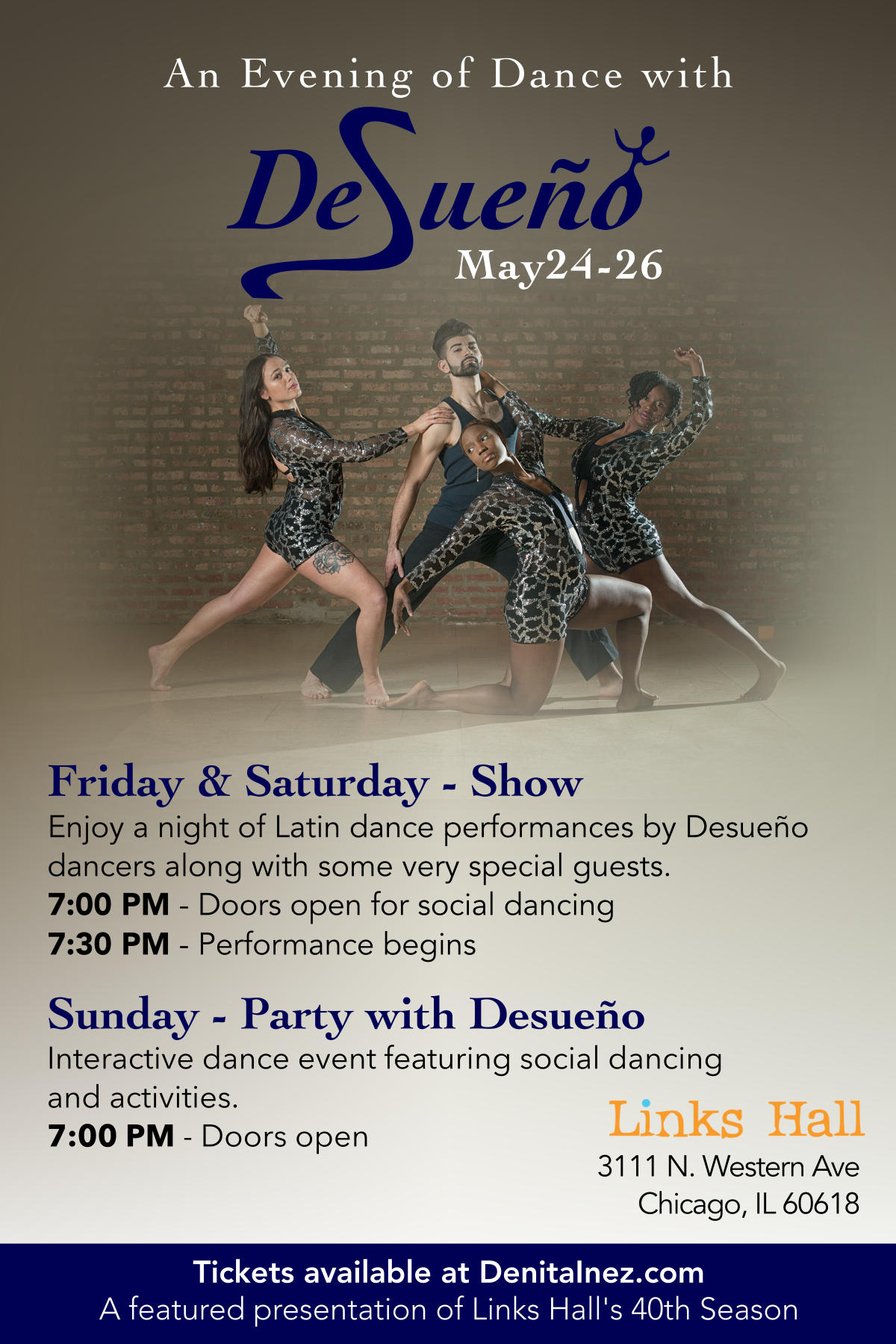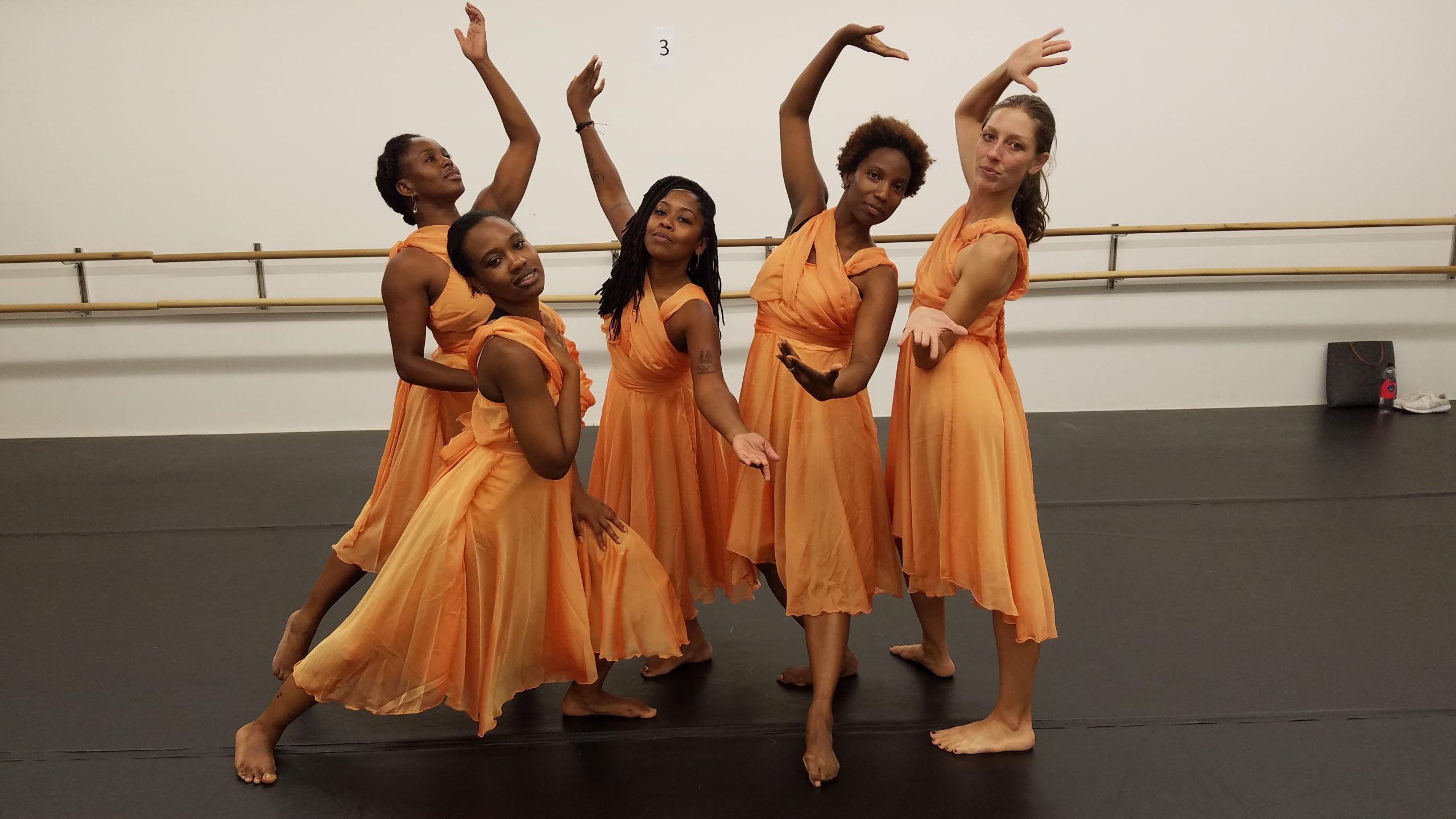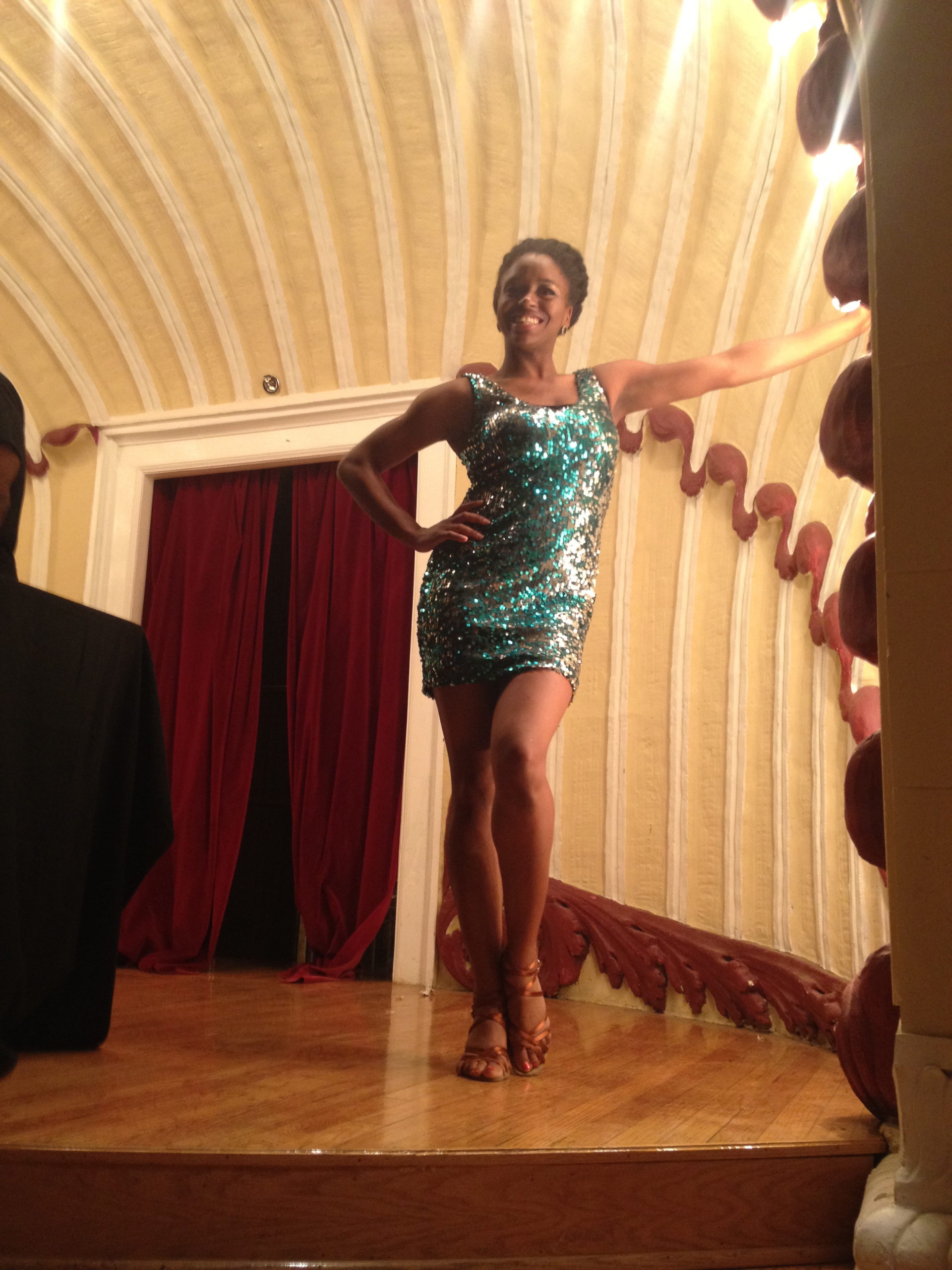8/17/14
As we continue to work on the bachata choreography at Desueño practices, I love feeling the steps become more familiar. Unlike Llego, I was able to learn this choreography from the first day it was taught, which makes it much easier to commit to memory. Today Denita added arms to the choreography, so there’s more to think about now. Last week I noticed some funky, broadway-like influences in this choreography. There are cheerful kicks and flares and some stilted “dolly” poses that make me feel like I’m in a dance number in a broadway show. I always loved watching those dancers on stage – they always seem to be energetic and exuberant and full of life. The piece makes me feel like I’m acting too, it was almost mockingly sweet, and when Denita confirmed there was an ironic element to the sweet, “want to be with you” motif, I liked the piece all the more. Literally, that line is just repeated over and over in the song.
I would have liked for that smirking, fake sweetness to have been less subtle, because I’ve found that knowing this was Denita’s intention makes the performance aspect of the dance more fun and engaging for me. I’m not sure if that message would have been appreciated by the average person, and I think that Denita is aware of this. But as a performance art, shouldn’t dance be allowed to have meanings beyond the surface level just like visual art? Yes, and dance pieces do, but we’re also used to this being the case for modern dance, ballet, lyrical, and not so much for social Latin dances. When I watch salsa and bachata performances, I usually do not expect the choreographer to have any messages layered beneath the surface level presentation of the dance. My general impressions would be along the lines of: cool combinations, fast footwork, impressive technique, and great aesthetic vision. Denita made a great point about this, which is that artists in the Latin dance scene usually don’t have the opportunity to explain their thought process for a dance piece in a blurb as part of a program distributed to the audience. What you see is what you get, and this affects the intent and artistic freedom of the choreographer.




